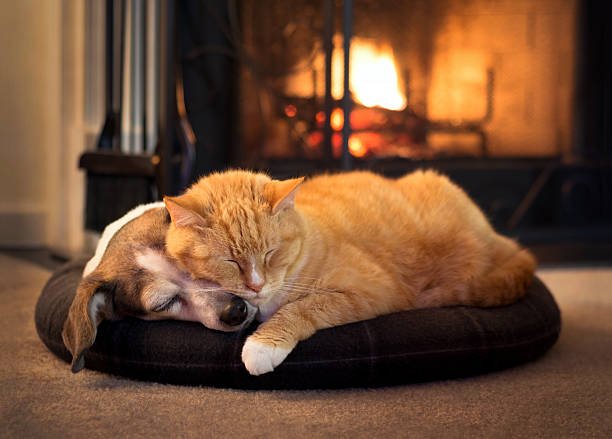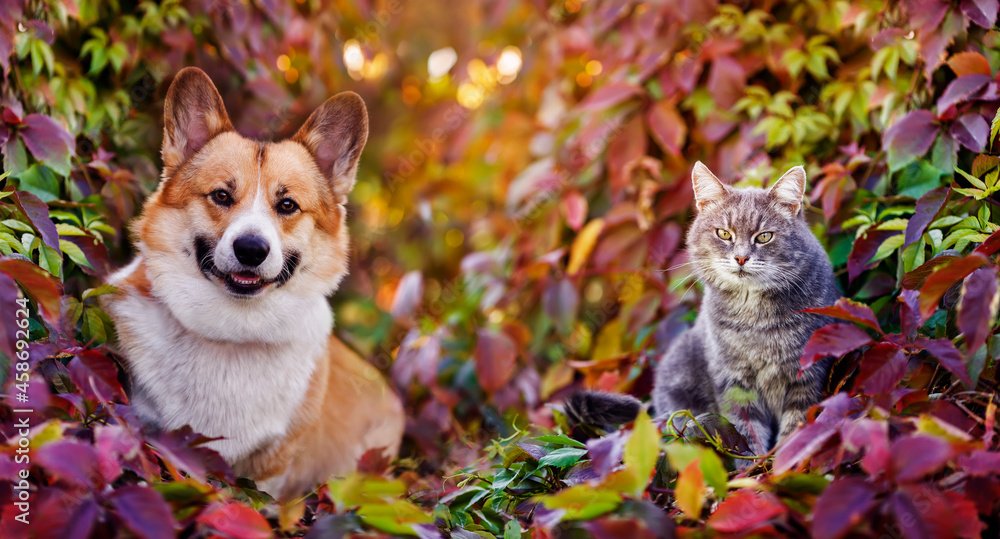
Introduction
Pets are cherished family members who depend on us to keep them safe and healthy throughout the year. Each season brings unique challenges — from scorching summer heat to biting winter cold — and understanding how to adjust your pet care routines accordingly is vital. Seasonal changes affect your pet’s behavior, health, diet, and safety.
In this comprehensive guide, we’ll walk you through the essential tips for caring for your pets during spring, summer, autumn, and winter. Whether you have a dog, cat, bird, or exotic pet, these season-specific insights will help you protect and pamper your furry, feathered, or scaled friends all year round.
Spring Pet Care Tips: Fresh Beginnings and Hidden Dangers
Spring Hazards
- Allergens and pollen: Pets can suffer from seasonal allergies, causing itchy skin, watery eyes, and sneezing.
- Ticks and fleas: As temperatures rise, parasites become more active.
- Plants and toxins: Many spring blooms (like lilies, azaleas, daffodils) are toxic to pets.
- Mud and wet conditions: Can cause skin irritation and infections.
Spring Care Tips
- Grooming: Increase grooming frequency to remove pollen, dirt, and loose fur.
- Parasite prevention: Update flea and tick treatments.
- Safe gardening: Avoid toxic plants and keep pets away from treated lawns.
- Outdoor safety: Clean paws after walks to prevent ingestion of harmful substances.
Dietary Adjustments
- Increase fresh water intake.
- Monitor weight as activity levels may rise.
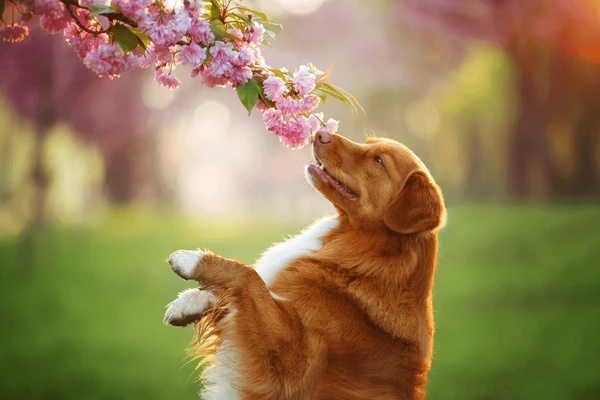
Summer Pet Care Tips: Beat the Heat
Summer Hazards
- Heatstroke: Dogs and cats can overheat quickly, especially breeds with short noses or thick fur.
- Paw pad burns: Hot pavement can burn sensitive paw pads.
- Dehydration: Pets lose water faster in heat.
- Parasites: Fleas, ticks, mosquitoes thrive in summer.
Summer Care Tips
- Hydration: Provide plenty of fresh water and shady rest areas.
- Limit exercise: Avoid strenuous activity during peak heat hours.
- Paw protection: Walk pets on grass or early morning/evening pavement.
- Cooling aids: Use cooling mats, fans, or wet towels.
- Check for parasites: Regularly check and treat your pet.
Signs of Heatstroke
- Excessive panting
- Drooling
- Lethargy or weakness
- Vomiting or diarrhea
- Collapse
If suspected, move pet to a cool area and seek emergency vet care immediately.
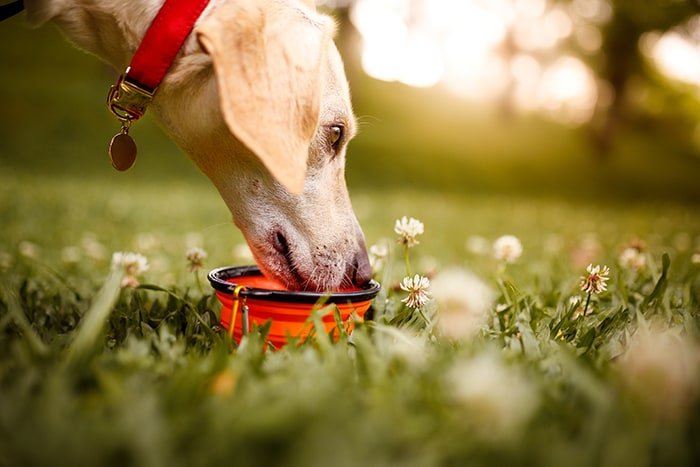
Autumn Pet Care Tips: Preparing for Cooler Weather
Autumn Hazards
- Changing temperatures: Can cause joint stiffness or respiratory issues.
- Seasonal allergies: Mold and ragweed pollen can irritate pets.
- Halloween dangers: Candy, decorations, and costumes pose risks.
- Rodenticides: More frequent use in fall can lead to accidental poisoning.
Autumn Care Tips
- Cozy spaces: Provide warm, draft-free sleeping areas.
- Grooming: Regular brushing to remove loose hair.
- Costume safety: Avoid restrictive costumes and toxic decorations.
- Secure trash: Prevent access to candy and harmful substances.
Dietary Adjustments
- Consider supplements for joint health.
- Adjust food intake if activity decreases.
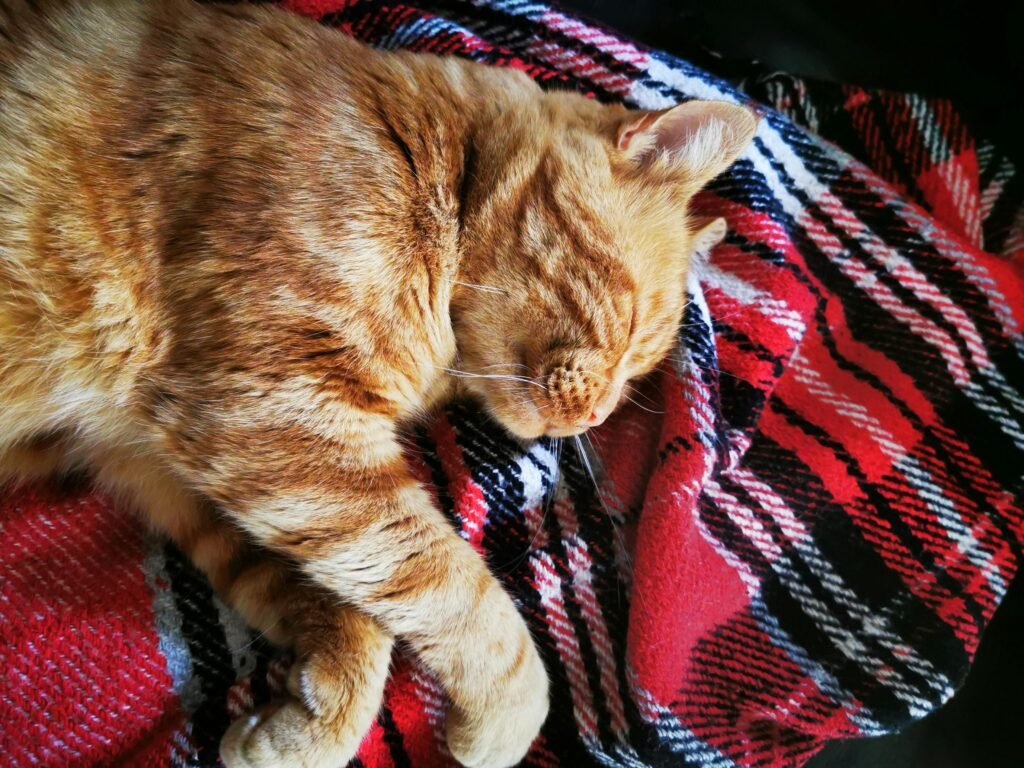
Winter Pet Care Tips: Cold Weather Protection
Winter Hazards
- Frostbite and hypothermia: Especially in small, short-haired, or elderly pets.
- Ice and salt: Can irritate paws and be toxic if ingested.
- Dehydration: Pets drink less water in cold weather but still need hydration.
- Reduced activity: Leads to weight gain and stiffness.
Winter Care Tips
- Warm shelter: Provide insulated bedding and avoid outdoor exposure for long periods.
- Paw care: Wipe paws after walks and consider booties.
- Hydration: Encourage water intake with warm broth or pet-safe water heaters.
- Exercise: Keep pets active indoors if weather is extreme.
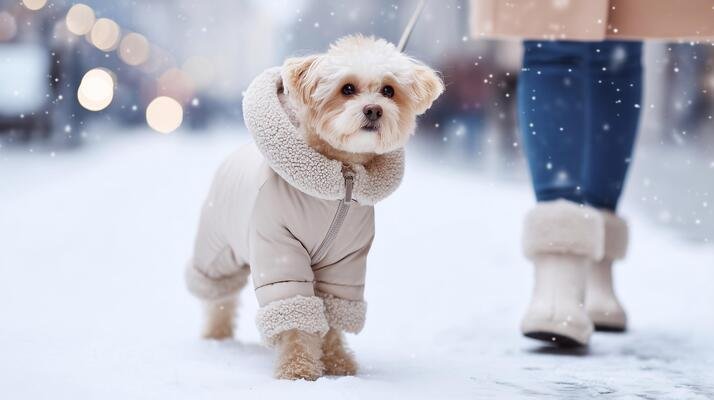
Year-Round Essential Pet Care Tips
Regular Vet Visits
Keep vaccinations and parasite preventatives up to date throughout the year.
Hydration
Always ensure access to fresh water, no matter the season.
Balanced Diet
Adjust portions and nutrients based on activity level and season.
Mental Stimulation
Provide toys and interactive play to prevent boredom year-round.
Monitor Behavior
Changes in behavior can signal discomfort due to seasonal changes.
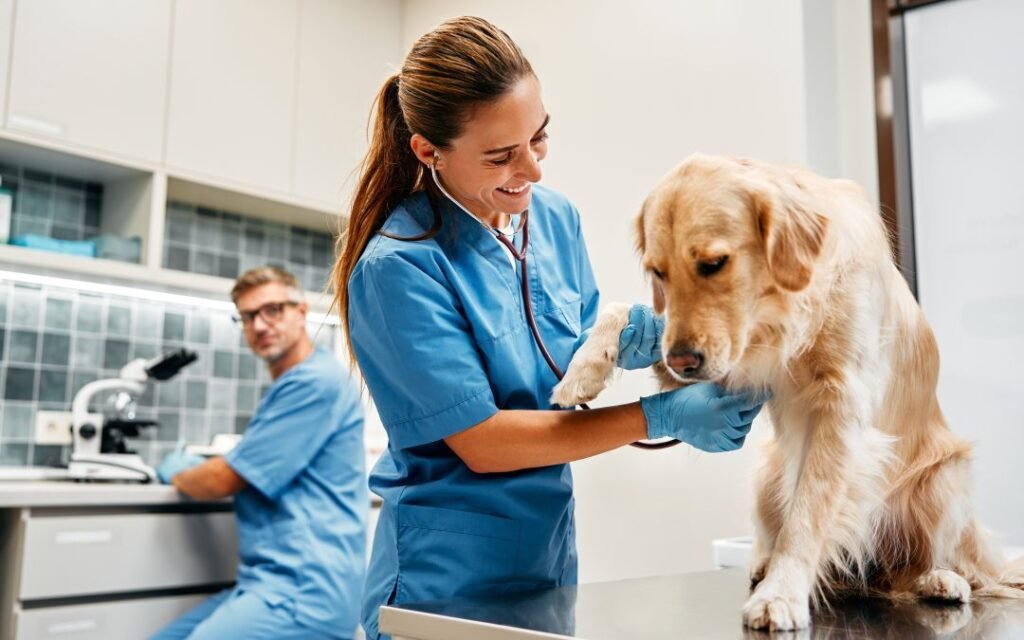
Seasonal Care for Specific Pets
Dogs
- Adjust walks for weather extremes.
- Use seasonal grooming tools (de-shedding in spring/fall).
- Consider protective clothing in cold or hot weather.
Cats
- Indoor cats need seasonal enrichment to compensate for less outdoor time.
- Monitor litter box habits, which can change with temperature shifts.
Birds
- Maintain humidity and temperature in cages.
- Adjust diet seasonally with fresh fruits and vegetables.
Small Mammals & Reptiles
- Ensure adequate warmth for reptiles using heat lamps in cooler months.
- Provide cozy nesting materials in winter.

Seasonal Health Concerns and When to See a Vet
- Spring/Summer: Parasite infestations, allergic reactions, heatstroke.
- Autumn: Allergies, toxic ingestion, joint discomfort.
- Winter: Frostbite, respiratory infections, dehydration.
Always consult your vet if your pet shows unusual signs such as lethargy, loss of appetite, vomiting, or behavioral changes.
Conclusion
Seasonal pet care requires thoughtful adjustments to your pet’s routine, environment, diet, and health monitoring. By being proactive and attentive, you ensure your beloved companions stay safe, happy, and healthy all year round — through the blooms of spring, the heat of summer, the crispness of autumn, and the chill of winter.
Remember, every pet is unique. Adapt these tips to fit their breed, age, and lifestyle, and enjoy the seasons together, worry-free!
